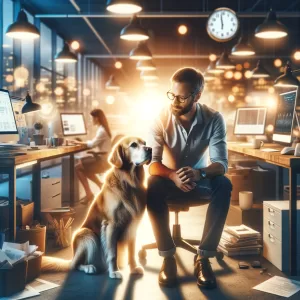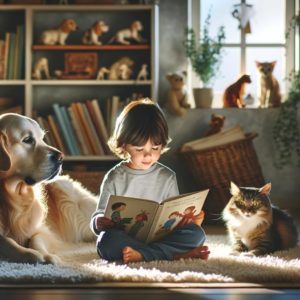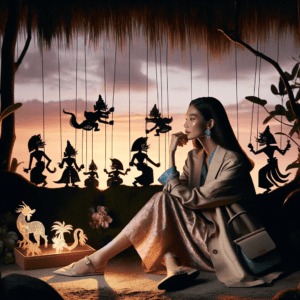Zoos, for many of us, were our first exposure to the dizzying diversity of the animal kingdom. They offered a safe haven to experience the majesty of a tiger, the playfulness of monkeys, or the gentle elegance of a giraffe. But as we’ve grown older, so too have our perceptions and understanding of these complex institutions. This exploration seeks to navigate the paradoxical world of zoos – sanctuaries of conservation and subjects of critique – in the hopes of fostering a balanced perspective on their role in animal conservation.
Chapter 1: A Historic Refuge: The Unfolding Saga of Zoos and Their Evolution
A Walk Back in Time
There’s a magic that strikes us when we step into a zoo. It’s a world of fluttering feathers, mysterious growls, and a splash of colors that transports us into the heart of the wild. But have you ever paused to wonder how these grand institutions came into existence? Zoos have been an integral part of human society for centuries, although their form and purpose have undergone a dramatic evolution. The journey from royal symbols and menageries to modern conservation hubs is as captivating as the creatures they house. So, let’s embark on this journey together, unraveling the history of zoos and their metamorphosis over time.
The Royal Menageries: An Exhibition of Power
The earliest zoos, known as menageries, emerged in the ancient civilizations of Egypt and Mesopotamia, showcasing exotic animals as symbols of wealth and power. Kings and emperors collected magnificent beasts from across their empires, displaying them to elicit awe and admiration. Over time, menageries became centers of scientific discovery during the Middle Ages and Enlightenment, though the concept of animal welfare remained a distant idea.
The Birth of Public Zoos: A Democratic Transition
The democratization of zoos occurred in the 18th and 19th centuries, with the opening of the first public zoo in Paris in 1793. These new zoos marked a significant shift from exclusive royal collections to public educational institutions. However, it’s important to remember that they were still far from our current understanding of animal welfare. Animals were housed in sterile, cage-like exhibits, much to the detriment of their mental and physical health.
A New Era Dawns: The Emergence of Conservation Zoos
The late 20th century brought a seismic shift in the zoo world. As natural habitats began to shrink and species faced extinction, zoos found a new purpose – conservation. The transformation was not sudden but a result of rising environmental consciousness and scientific research. Animals were no longer mere exhibits but ambassadors of their wild counterparts, their presence aimed at inspiring visitors to contribute to conservation efforts.
Breeding Programs and Species Revival
Zoos began playing an active role in breeding programs for endangered species, partnering with global conservation organizations. They created gene banks and carefully managed the genetics of their populations to maintain diversity, with some species like the Przewalski’s horse being reintroduced to the wild after being declared extinct.
The Classroom Under the Open Sky
Modern zoos also positioned themselves as centers of education. They developed interactive exhibits, hosted educational programs, and engaged visitors with the message of conservation. The hope was that an up-close encounter with a polar bear or a cheetah would inspire a generation of conservationists.
Modern Zoos: Prioritizing Welfare and Naturalistic Enclosures
In recent years, zoos have shifted towards creating naturalistic habitats for their animals. Instead of the restrictive cages of the past, zoos now strive to recreate an animal’s natural environment, encouraging natural behaviors and promoting physical and mental wellbeing. Institutions like Singapore’s Night Safari and San Diego Zoo Global have set new standards for animal housing and care.
The Ongoing Journey
The evolution of zoos is a testament to our changing relationship with the natural world. From royal menageries to modern conservation hubs, zoos have continually transformed in response to societal values and scientific understanding. Their history is far from perfect, marked by many missteps and lessons. But it is also a story of progress and potential. As we look to the future, it’s up to us to ensure that zoos continue to evolve, prioritizing the welfare of their residents and contributing meaningfully to global conservation efforts. So the next time you step into a zoo, remember, you’re walking through a fascinating slice of human history.








